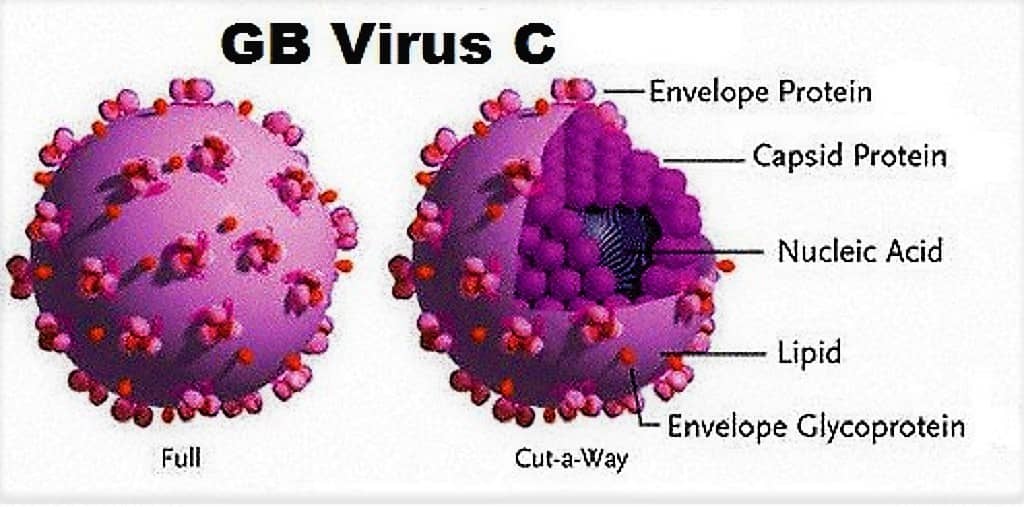INTRODUCTION TO HEPATITIS G VIRUS (HGV)
Hepatitis G Virus causes the Type G Hepatitis, HGV was first observed in 1995 and described as GBV type C, later in 1996 has been found to be associated with chronic hepatitis and named as HGV.
MORPHOLOGY OF HEPATITIS G VIRUS (HGV)
⇒ HGV belongs to Flaviviridae
⇒ HGV is a Spherical, non-Enveloped virus.
⇒ Genetic material – ssRNA.

CLINICAL FEATURES OF TYPE G HEPATITIS
⇒ HGV has been found in patients with Acute, Chronic & Fulminant Hepatitis.
⇒ HGV is also associated with the patients who had undergone multiple transfusions & hemodialysis, IV drug addicts, and blood donors.
LABORATORY DIAGNOSIS OF HEPATITIS G VIRUS (HGV)
⇒ HGV RNA can be detected in the blood samples of infected patients using RT PCR (Reverse Transcriptase Polymerase Chain Reaction).
⇒ Antibody detection.
PROPHYLAXIS OF HGV
⇒ Screening of blood or blood products.
⇒ Avoid the use of unsterile needles, syringes & other materials.
⇒ No specific active or passive immunizing agents are available.

Hi, I’m the Founder and Developer of Paramedics World, a blog truly devoted to Paramedics. I am a Medical Lab Tech, a Web Developer and Bibliophiliac. My greatest hobby is to teach and motivate other peoples to do whatever they wanna do in life.